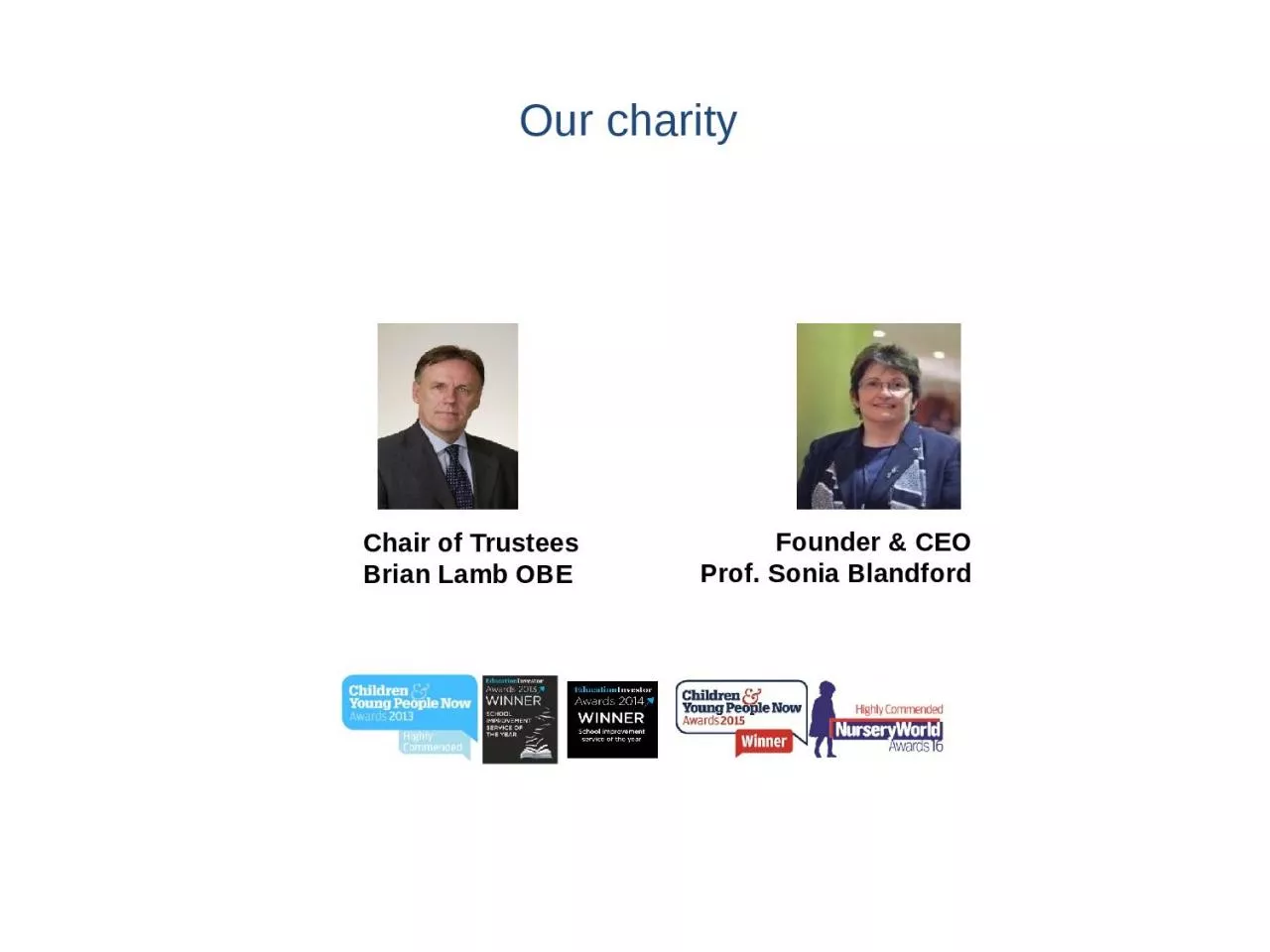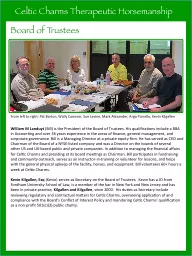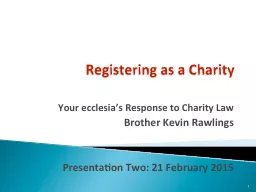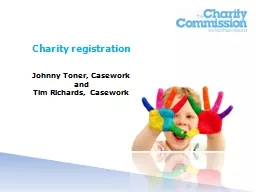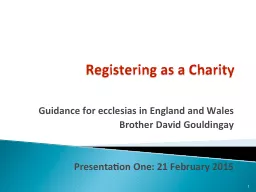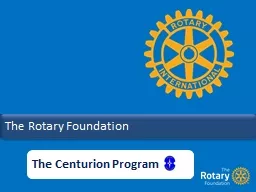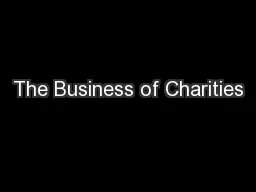PPT-Our charity Chair of Trustees
Author : okelly | Published Date : 2024-02-02
Brian Lamb OBE Founder amp CEO Prof Sonia Blandford Our charity Our mission Transforming lives through improved educational opportunities and outcomes for children
Presentation Embed Code
Download Presentation
Download Presentation The PPT/PDF document "Our charity Chair of Trustees" is the property of its rightful owner. Permission is granted to download and print the materials on this website for personal, non-commercial use only, and to display it on your personal computer provided you do not modify the materials and that you retain all copyright notices contained in the materials. By downloading content from our website, you accept the terms of this agreement.
Our charity Chair of Trustees: Transcript
Download Rules Of Document
"Our charity Chair of Trustees"The content belongs to its owner. You may download and print it for personal use, without modification, and keep all copyright notices. By downloading, you agree to these terms.
Related Documents

